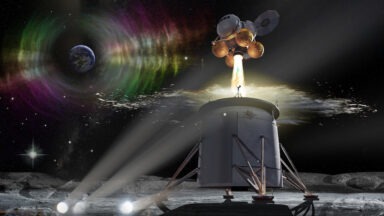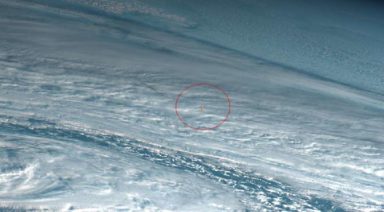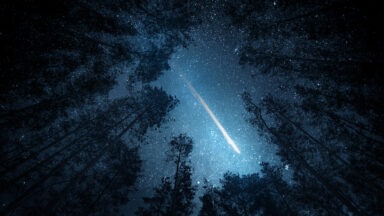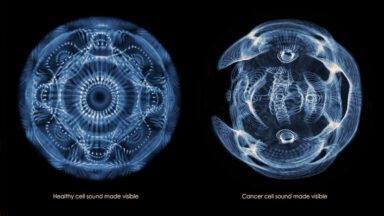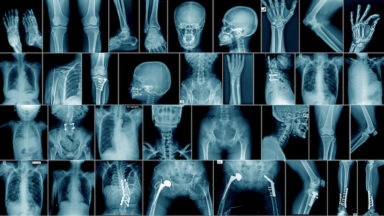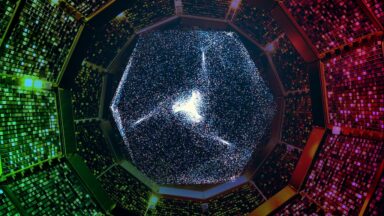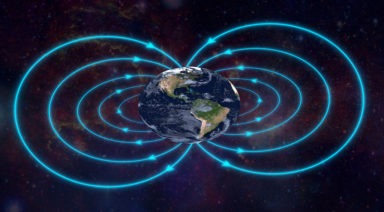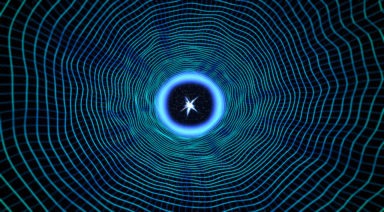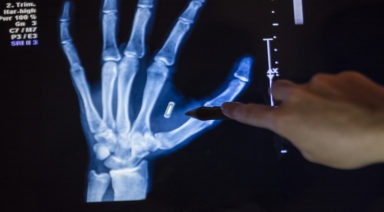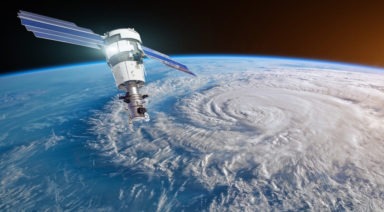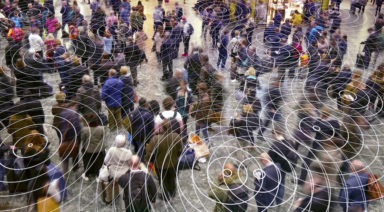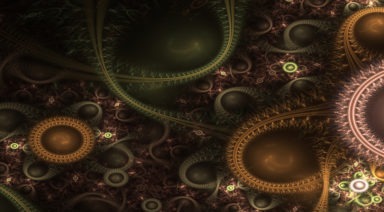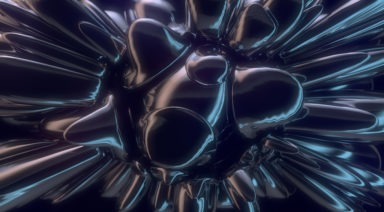More Mysterious Radio Bursts Were Detected Radiating From Space
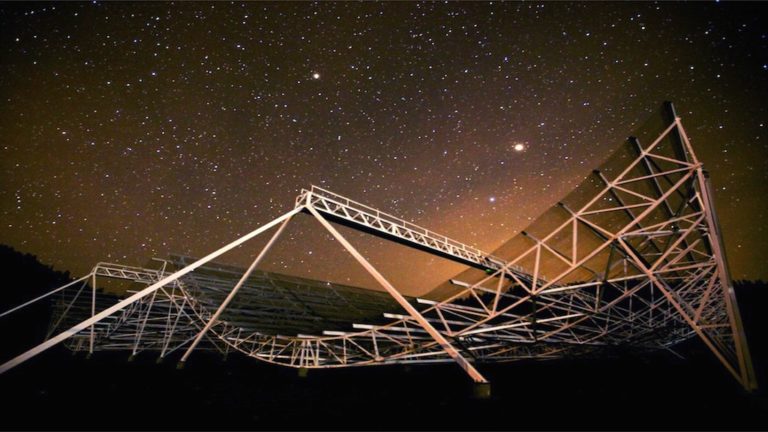
Another series of mysterious “fast radio bursts” (FRBs) has been detected by a new telescope in Canada, emanating from somewhere deep in the cosmos. The last detection of FRBs came last year, picked up by Breakthrough Listen, a project focused on detecting signs of intelligent extraterrestrial life.
FRBs are a series of incredibly short, powerful radio emissions in millisecond lengths, coming form an unknown source, lightyears away. Signals were detected last year, named FRB 121102, and were the first repeating radio bursts ever discovered, believed to be emitting from a distant neutron star — the highly dense core of a collapsed star.
The source of the latest signals could be a number of things, including an exploding black hole, magnetar, a spinning pulsar known as a blitzar, or the most exciting prospect; a highly advanced extraterrestrial race.
The frequency of these signals, named FRB 180725A, are the first of their kind to be detected below 700 mHz. The FRBs earlier this year were above 800 mHz, with scientists calculating their source to be some 3 billion lightyears away. The source would have emanated the same amount of power in each burst as our sun does in an entire day.
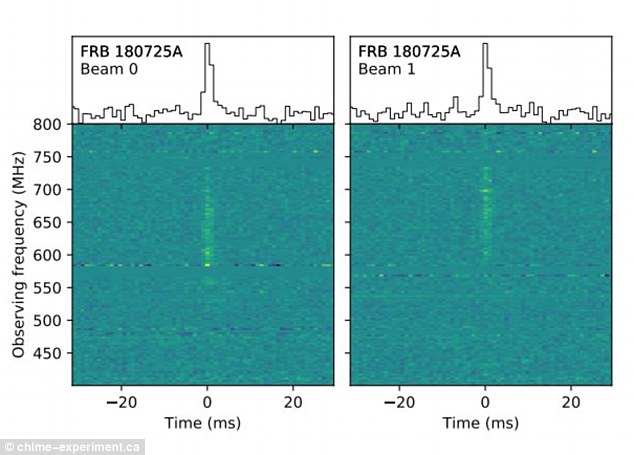
If these mysterious waves are coming from an extraterrestrial civilization, their setup would be equivalent to two Earth-sized generators, and would likely exist as a power source for spacecraft, rather than simply sending signals into the universe to make their presence known.
The signals were detected by the Canadian Hydrogen Intensity Mapping Experiment (CHIME) in British Columbia, a telescope that has been operating for under a year, with the primary goal of detecting FRBs. The telescope constantly scans 1,024 individual points in the sky 24/7, at 16,000 different frequencies, 1000 times per second; talk about an advanced piece of technology.
The first FRBs were discovered about a decade ago, making them one of the newest cosmological phenomena monitored by astrophysicists. Only a few dozen of these radio bursts have been detected since their initial discovery and scientists still consider the extraterrestrial explanation plausible.
Now that the CHIME telescope is solely focused on the signals, it may only be a matter of time until evidence of an intelligent extraterrestrial source are discovered. If they are from an advanced civilization, let’s just hope it still exists, considering these signals would have been sent millions or even billions of years ago.
Watch this episode of Ancient Civilizations in which we discuss the exciting prospect of an advanced extraterrestrial civilization transmitting FRBs:
NASA Announces Plans to Colonize the Moon By 2030

NASA has committed to putting humans on the moon by 2024 and human settlements by 2030, but what will it take to achieve this lofty goal?
Under NASA’s Artemis program the space agency announced the priority of going back to the moon with settlements on the lunar surface by 2030 that would act as a launch point for future missions to Mars. The program has many goals, chief among them to learn how to live on the surface of another planet.
But the moon’s surface is a harsh and hostile environment. Micrometeorites pelting the surface like missiles, 400-degree temperature swings, and the constant risk of radiation exposure from the sun create many obstacles for putting long-term settlements on the lunar surface. On the moon, we will have to supply the same foundations of human survival as we do on Earth including water, shelter, food, and oxygen. NASA is partnering with public and private partners to solve these problems.
So how will astronauts access these vital resources needed for survival? NASA won’t be able to bring sufficient life-sustaining resources from Earth, so they’ll have to make it upon arrival.


